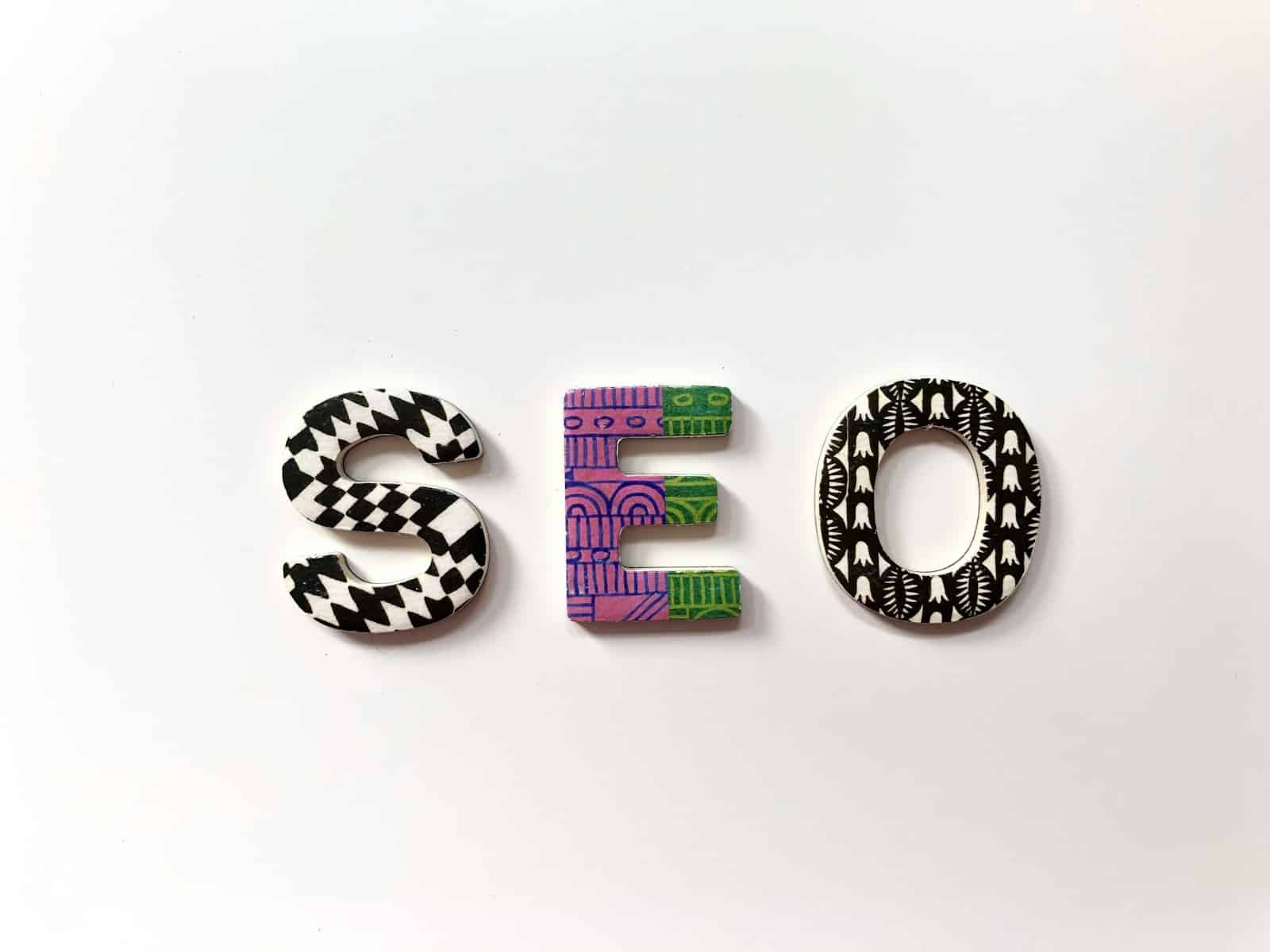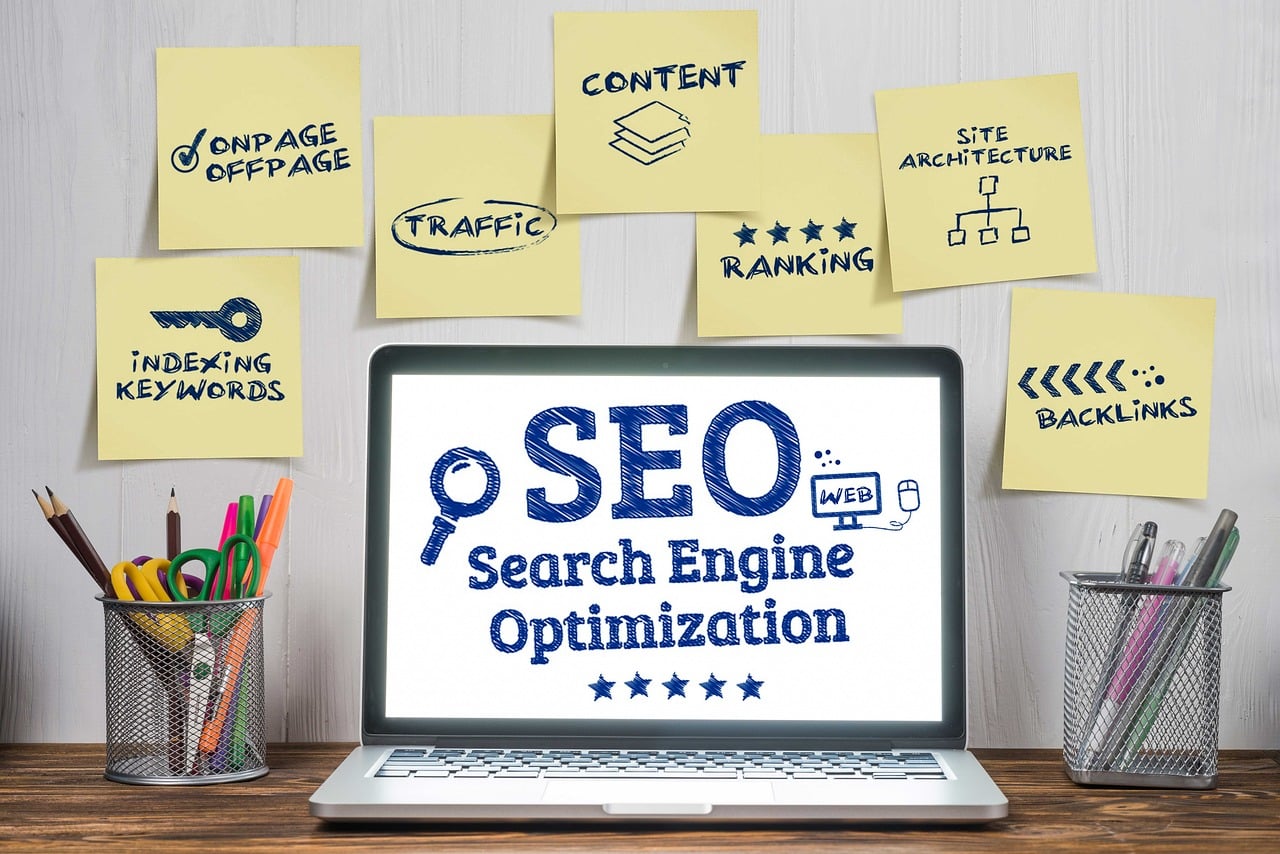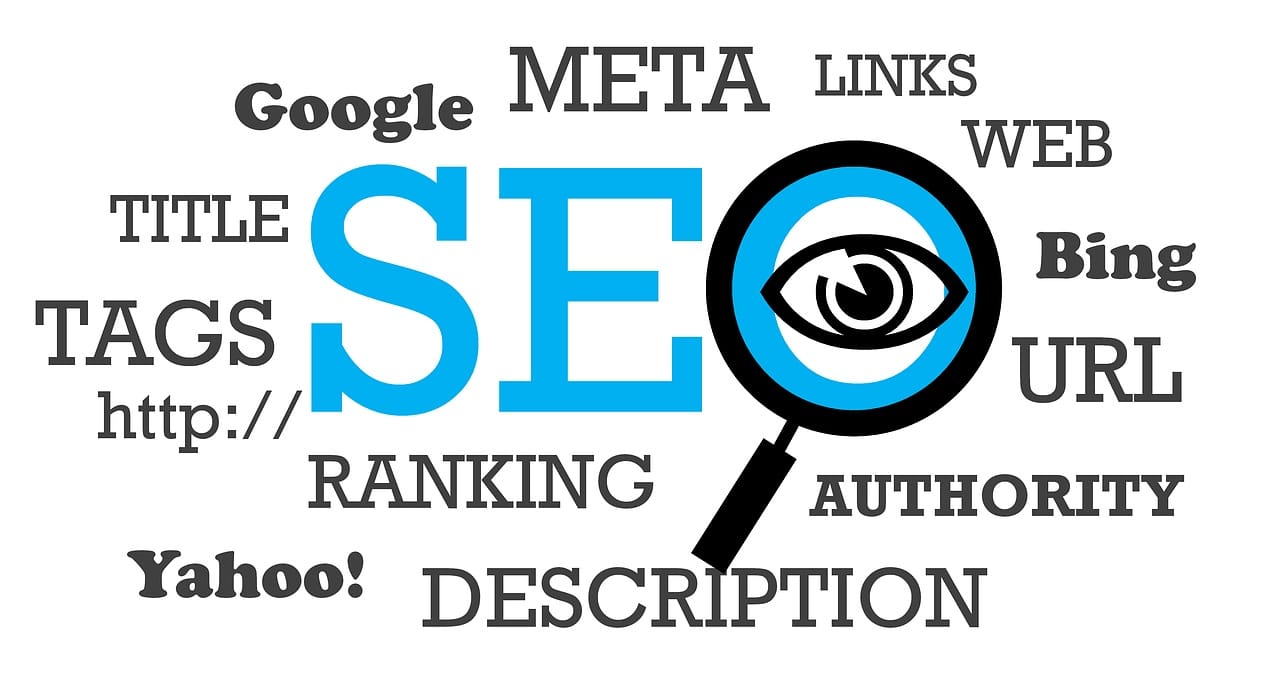Do you know the importance of SEO web design?
In the digital age, having a robust online presence is vital for small businesses. But it's not just about having a website—it's about having the right kind of website.
This is where the intersection of web design and search engine optimization (SEO) comes into play.
In this comprehensive guide, we'll explore how you can master SEO web design to elevate your small business.

Understanding SEO
Search Engine Optimization (SEO) is the practice of enhancing a website to increase its visibility on search engine results pages (SERPs).
It involves various strategies and techniques aimed at making a site more appealing to search engines, thereby improving its ranking.
Looking for an experienced Wordpress Development company?
SEO encompasses several components, including keyword research, on-page optimization, link building, and content creation. By understanding and effectively implementing SEO, small businesses can attract more organic traffic, boost their online presence, and ultimately drive more conversions.
It is essential to stay updated with the ever-evolving SEO landscape, as search engine algorithms regularly change.

What Needs to Be Optimized on Your Website
Achieving an SEO-friendly website requires attention to several key elements.
Here are the primary areas that need to be optimized:
1. Keywords
Effective keyword research is the cornerstone of SEO. Identify the terms and phrases that potential customers are using to search for your products or services.
Integrate these keywords naturally into your content, including page titles, meta descriptions, headers, and body text.
2. On-Page SEO
On-page optimization involves customizing individual web pages to rank higher. This includes optimizing title tags, meta descriptions, header tags (H1, H2, etc.), and using appropriate image alt text.
Make sure your URLs are clean and descriptive, avoiding long strings of numbers or irrelevant characters.
3. Content Quality
High-quality, relevant content is essential for SEO. Produce valuable content that addresses the needs and questions of your audience.
Regularly update your blog, infuse fresh topics, and include multimedia elements like images, videos, and infographics to enrich user experience and keep them engaged.
4. Mobile Optimization
A significant portion of web traffic comes from mobile devices. Ensure your website is mobile-friendly by adopting a responsive design that adjusts seamlessly across different screen sizes.
Google prioritizes mobile-first indexing, so this step is critical.
5. Page Load Speed
Fast-loading pages improve both user experience and your search engine ranking. Optimize images, leverage browser caching, and reduce server response times.
Tools like Google's PageSpeed Insights can help identify areas for improvement.
6. Internal Linking
Use internal links to guide visitors to related content on your site.
This not only helps with site navigation but also distributes page authority throughout your site, improving your overall SEO health.
7. Backlinks
Securing backlinks from reputable websites can significantly boost your site's credibility and search engine ranking.
Focus on building relationships and creating shareable, high-quality content that others are likely to link to.
8. User Experience (UX)
A well-designed website should be easy to navigate, aesthetically pleasing, and provide a seamless user experience. Ensure that menus, buttons, and links are intuitive and functional.
Monitor site analytics to understand user behaviour and make improvements accordingly.
By focusing on these critical areas, you can create a well-optimized website that not only ranks higher in search engine results but also provides a superior user experience, driving traffic and conversions for your small business.

Why You Need an SEO-Friendly Website
In today's competitive digital marketplace, merely having a beautifully designed website isn't enough. An SEO-friendly website is crucial for several reasons.
Firstly, it increases your visibility on search engines like Google, making it easier for potential customers to find you.
With the majority of online experiences beginning with a search engine query, appearing on the first page of search results can significantly enhance your chances of attracting traffic.
Secondly, an SEO-friendly website enhances user experience. When your site is optimized, it loads faster, is easier to navigate, and is mobile-friendly—all factors that contribute to a positive user experience.
This not only helps in retaining visitors but also encourages them to take action, such as making a purchase or contacting your business.
Thirdly, an optimized website ensures better reach and engagement. By targeting relevant keywords and creating high-quality content, you can address the needs and queries of your target audience, fostering trust and authority in your niche.
Additionally, an SEO-friendly site is more likely to attract backlinks from reputable sites, further boosting your credibility and search engine ranking.
Ultimately, investing in SEO web design can lead to increased traffic, higher conversion rates, and sustained business growth.
For small businesses, these benefits can mean the difference between thriving and merely surviving in the competitive digital landscape.

The Basics of SEO-Friendly Web Design
Mobile Responsiveness
In today's world, more people access websites from their mobile devices than desktops. A mobile-responsive design ensures that your site looks great and functions well on all screens.
This is not just about aesthetics; search engines like Google prioritize mobile-friendly sites in search results.
Site Speed
Your website speed plays a crucial role in user experience and search engine rankings.
Slow-loading pages can frustrate visitors, leading to higher bounce rates. Use tools like Google PageSpeed Insights to identify areas for improvement and optimize your site's performance.
Intuitive Navigation
A well-structured website with easy navigation keeps visitors engaged and helps search engines crawl your site more effectively.
Use clear menus and internal links to guide users through your content seamlessly.

Content Optimization
What is content optimization on your website?
Integrating Keywords Strategically
Keywords are the backbone of SEO. Incorporate relevant keywords naturally into your content, title tags, and meta descriptions.
Avoid keyword stuffing, which can harm your SEO performance.
Crafting Meta Descriptions
Meta descriptions are brief summaries that appear under your page titles in search results.
They should be compelling and include your primary keyword to encourage clicks.
Creating High-Quality Content
Content is king in SEO. Focus on creating valuable, informative, and engaging content that addresses your audience's needs.
This not only improves your search engine rankings but also builds trust with your visitors.

User Experience (UX) and SEO
The importance of user experience is crucial.
Importance of UX in Search Rankings
User experience is a critical factor in SEO.
Search engines prioritize sites that offer a positive user experience, which includes fast loading times, mobile-friendliness, and easy navigation.
Improving User Experience
Enhance your website's UX by focusing on readability, clear calls to action, and intuitive design.
Use header tags (H1, H2, H3) to structure your content and make it easier for users and search engines to understand.

Technical SEO for Web Design
Site Structure and Schema Markup
A well-organized site structure helps search engines understand your content.
Use schema markup to provide additional context to search engines, which can enhance your visibility in search results.
Optimizing Page Loading Times
Fast-loading pages are crucial for both user experience and SEO. Compress images, enable browser caching, and minimize JavaScript to improve your site's speed.
Ensuring Mobile-Friendliness
With more users accessing websites via mobile devices, ensuring your site is mobile-friendly is essential.
Use responsive design techniques to create a seamless experience across all devices.

Future-Proofing Your Web Design Strategy
Staying Ahead of Trends
The digital landscape is constantly evolving.
Stay updated on the latest SEO and web design trends to keep your site competitive. Follow industry blogs, attend webinars, and participate in online forums.
Leveraging New Technologies
Emerging technologies like voice search and artificial intelligence (AI) are shaping the future of SEO.
Optimize your content for voice search and consider using AI tools to analyze and improve your SEO performance.
Continuous Improvement
SEO is not a one-time task but an ongoing process.
Regularly audit your website, analyze your performance metrics, and make necessary adjustments to stay ahead of the competition.

The Priceless Consulting Website Design Process
Initial Consultation
The journey to an SEO-friendly, user-centric website begins with an initial consultation. During this phase, we conduct a detailed discussion to understand your business needs, target audience, and overall goals.
This insightful session allows us to gather essential information about your brand identity, competitive landscape, and unique selling propositions.
Research and Planning
Following the initial consultation, our team embarks on thorough research and planning. We analyze your market competitors, identify effective SEO strategies, and pinpoint relevant keywords that resonate with your target audience.
This phase includes developing a comprehensive site map to ensure a well-organized and intuitive structure that enhances user experience and facilitates easy navigation.
Design and Development
With a solid plan in place, our designers craft visually appealing, mobile-responsive mockups that align with your brand aesthetics. We leverage modern design principles to ensure your site not only looks great but also functions seamlessly across all devices.
Upon approval of the design, our developers bring it to life, incorporating cutting-edge technologies and best practices in SEO to optimize page speed, implement schema markup, and ensure robust site architecture.
Content Creation and Optimization
High-quality, engaging content is pivotal for driving organic traffic and fostering user engagement.
Our content creators work hand-in-hand with SEO experts to develop compelling, keyword-rich content that addresses your audience's needs and queries. Each piece is meticulously crafted to be informative, valuable, and aligned with your brand voice.
Testing and Launch
Before going live, every element of the website undergoes rigorous testing to guarantee a flawless user experience.
We evaluate functionality, site speed, mobile responsiveness, and SEO performance. Any identified issues are rectified promptly to ensure a smooth launch.
Post-Launch Support
Launching your website is just the beginning. Our commitment to your success extends beyond the launch date with continuous monitoring, regular updates, and ongoing SEO optimization.
We provide comprehensive analytics to track your site's performance and make data-driven adjustments to keep your web presence thriving in an ever-evolving digital landscape.
Continuous Improvement
The digital environment is dynamic, and staying competitive requires ongoing effort. We offer continuous improvement services, regularly auditing your site, analyzing key performance indicators, and implementing necessary enhancements.
By keeping abreast of the latest trends and technological advancements, we ensure your website remains at the forefront of the industry, delivering sustained business growth.

Web Design and SEO Go Hand in Hand
Incorporating SEO into your web design is crucial for small businesses aiming to improve their online presence.
By focusing on mobile responsiveness, site speed, intuitive navigation, content optimization, and user experience, you can create a website that not only ranks well in search engines but also delights your visitors.
If you're looking to build an SEO-friendly site or need your current site SEO optimized, reach out to us at Priceless Consulting. Our top-notch SEO services can help you achieve your online goals.

Tips and Resources for Making Your Website Search Engine Friendly
Creating a search engine-friendly website requires a combination of best practices and the right tools. Here are some tips and resources to help you optimize your site effectively:
Tips:
- Optimize for Mobile Users: Ensure your website is responsive and mobile-friendly. Google's Mobile-Friendly Test can help you check how easily a visitor can use your page on a mobile device.
- Improve Page Speed: Compress images and leverage browser caching. Tools like Google PageSpeed Insights provide valuable insights.
- Use SEO-Friendly URLs: Create clean, descriptive URLs that include relevant keywords. Avoid using overly long URLs with unnecessary parameters.
- Implement Schema Markup: Use schema markup to help search engines understand your content. Schema.org provides a comprehensive guide to adding structured data.
- Create High-Quality Content: Focus on producing valuable, relevant, and keyword-rich content. Utilize tools like Google Keyword Planner to research and select the right keywords.
- Build Quality Backlinks: Secure backlinks from reputable websites to increase your site's authority. Ahrefs and Moz Link Explorer are excellent tools for backlink analysis.
Resources:
- Google Search Console: Monitor your site's performance, index status, and more with Google Search Console.
- Yoast SEO: A popular WordPress plugin to optimize your site for search engines.
- SEMrush: Comprehensive tool for keyword research, competitor analysis, and tracking your SEO performance.
- Moz: Provides a suite of tools including keyword research and on-page optimization assistance.
- Google Analytics: Track and analyze website traffic and user behavior.
By leveraging these tips and resources, you can enhance your site's search engine visibility and drive more organic traffic. Remember, SEO is an ongoing process that requires continual effort and adaptation.







